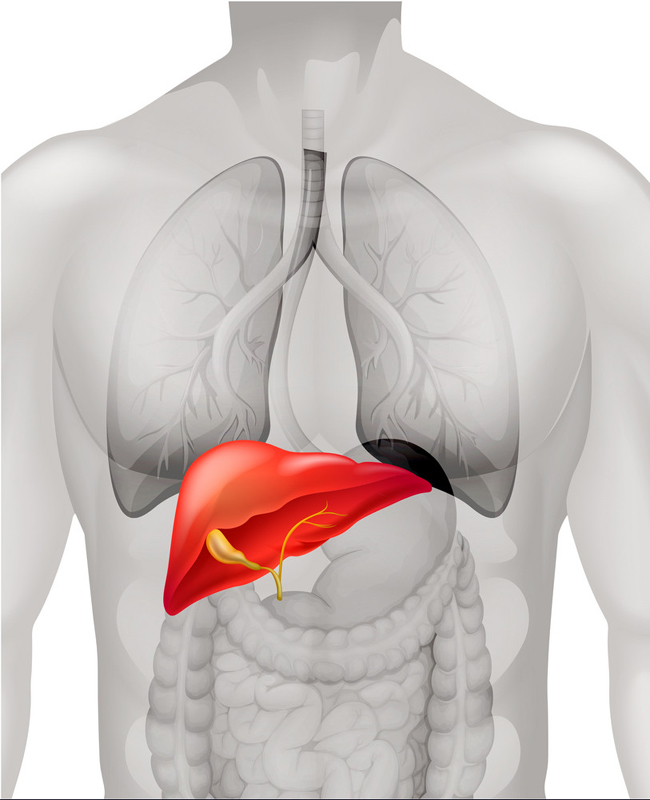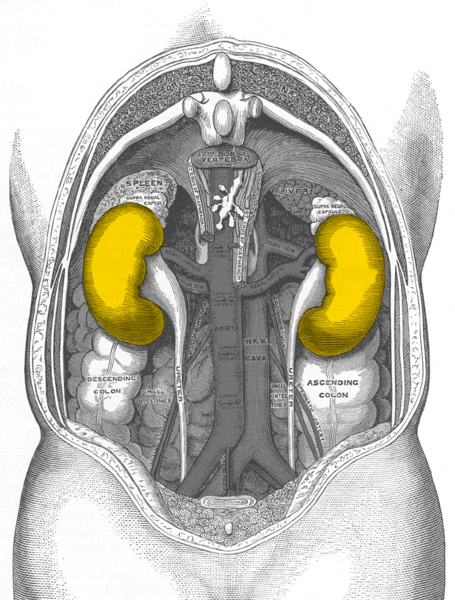
Academy Menu
Supplemental Lessons
Attacking the Body
Tactic of Lethwei

Lethwei allows strikes with the fists, elbows, knees, shins, and the head, making it an incredibly brutal and aggressive fighting style. Lethwei fighters often employ a strategy of targeting an opponent’s weak points to gain an advantage.
The liver, spleen, and kidneys are common targets in Lethwei. Striking these areas can be highly effective in causing pain and incapacitating an opponent. A well-placed strike to these organs can lead to excruciating pain, loss of breath, and potentially a knockout. The liver, spleen, and kidneys are relatively unprotected and positioned in the abdominal region. Striking these areas can cause serious damage, as there is limited muscle and tissue protecting these organs. Striking the liver, spleen, or kidneys can weaken an opponent and create openings for further attacks.
The liver is situated in the upper-right quadrant of the abdomen, just below the ribcage. The liver is a soft, vascular organ with a rich blood supply. When it’s struck with force, the blood vessels inside can rupture, causing internal bleeding. A powerful blow to the liver can result in severe pain, immediate incapacitation, and even a knockout. The pain from a liver shot can be excruciating and makes it challenging for the recipient to continue fighting.
The spleen is located on the left side of the abdomen, beneath the ribcage and behind the stomach. It’s also relatively exposed. The spleen is a delicate organ that contains a significant amount of blood. A blow to the spleen can cause intense pain, dizziness, and a loss of energy. When struck, it can rupture, and a ruptured spleen can be life-threatening if not treated promptly.
Location of the Liver

Location of the Spleen

The kidneys are relatively vulnerable targets in the human body. Striking the kidneys with well-placed punches, kicks, knees, and/or elbows can cause significant pain and discomfort, disrupt an opponent’s breathing, and potentially lead to injury or incapacitation. A solid strike to the kidneys can weaken an opponent’s overall physical condition. It can be challenging to continue fighting at full strength if one of the kidneys is injured or damaged.
Kidney strikes can disrupt an opponent’s posture and balance, making it more difficult for them to defend against further attacks. This imbalance can create openings for follow-up strikes or takedowns. The pain from a well-executed kidney strike can be excruciating, which can distract and disorient an opponent, making it harder for them to focus on their own offensive or defensive techniques. Repeated kidney strikes can cause cumulative damage over the course of a fight, potentially leading to exhaustion and decreased performance.
Location of the Kidneys

In lethwei and other combat sports, fighters aim to strike their opponents in these vulnerable areas to inflict pain, weaken their opponents, and potentially secure a knockout. Liver shots, in particular, are renowned for their effectiveness in incapacitating an opponent due to the excruciating pain they cause. Fighters often target these areas because they are difficult to defend against and can significantly impact an opponent’s ability to continue the fight.
It is important to note that Lethwei and other combat sports involve inherent risks. Strikes to the sleen and liver are legal within Lethwei’s rules. However, well-trained fighters are skilled at protecting themselves and reduce the chances of suffering severe injuries to these vital organs. In training as well as in competition, safety should be 0f paramount concern with instructors taking the proper precautions and where appropriate, having medical professionals on hand to assess and treat injuries as needed.
Thut Ti Lethwei Global Academy Disclaimer
The information provided on Thut Ti Lethwei Global Academy (lethwei.net) is intended for general informational and educational purposes only. The content on this Website is not intended as a substitute for instruction or direction from a professional combat sports coach or martial arts instructor. The content is also not intended as a substitute for medical direction, advice, diagnosis, or treatment from a health care professional. Always seek the advice of your physician or other qualified health provider with any questions you may have regarding a medical condition or th e safety of participating in any physical activity.
Not Medical Advice: The content on this Website is not intended to be a substitute for professional medical advice, diagnosis, or treatment. Always seek the advice of your physician or other qualified health provider with any questions you may have regarding a medical condition.
Consult a Professional: It is essential to consult with a healthcare professional before starting any new activity program, diet, or exercise routine. Your individual training goals should be discussed with a qualified healthcare provider who can provide personalized recommendations.
Assumption of Risk: Participation in physical activity and exercise carries inherent risks, and by using the information provided on this Website, you acknowledge and voluntarily assume these risks. Always exercise caution and common sense when engaging in physical activities.
Accuracy of Information: While we strive to provide accurate and up-to-date information, the content on this Website may not always reflect the most current research or medical guidelines. We do not guarantee the accuracy, completeness, or timeliness of the information presented.
Responsibility: You are responsible for your health and safety when engaging in any combat sport, martial art, or fitness program, individual exercise, or dietary practice discussed on this Website. Thut Ti Lethwei Global Academy, its authors, contributors, and affiliates disclaim any liability for any injury, loss, or damage incurred as a result of the use or reliance on the information provided on this Website.
Changes to Disclaimer: Thut Ti Lethwei Global Academy reserves the right to modify or update this disclaimer at any time without prior notice. It is your responsibility to review this disclaimer periodically for any changes.
By using Thut Ti Lethwei Global Academy website, you agree to the terms of this disclaimer. If you do not agree with these terms, please refrain from using this website.
